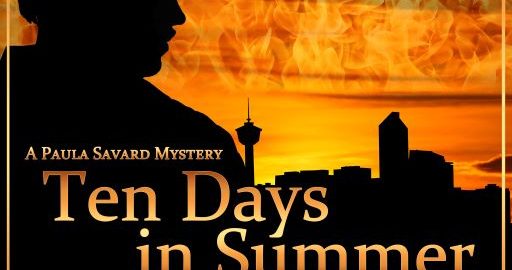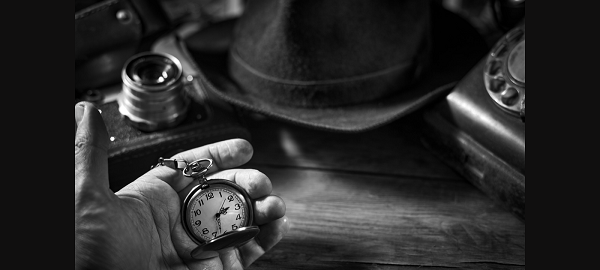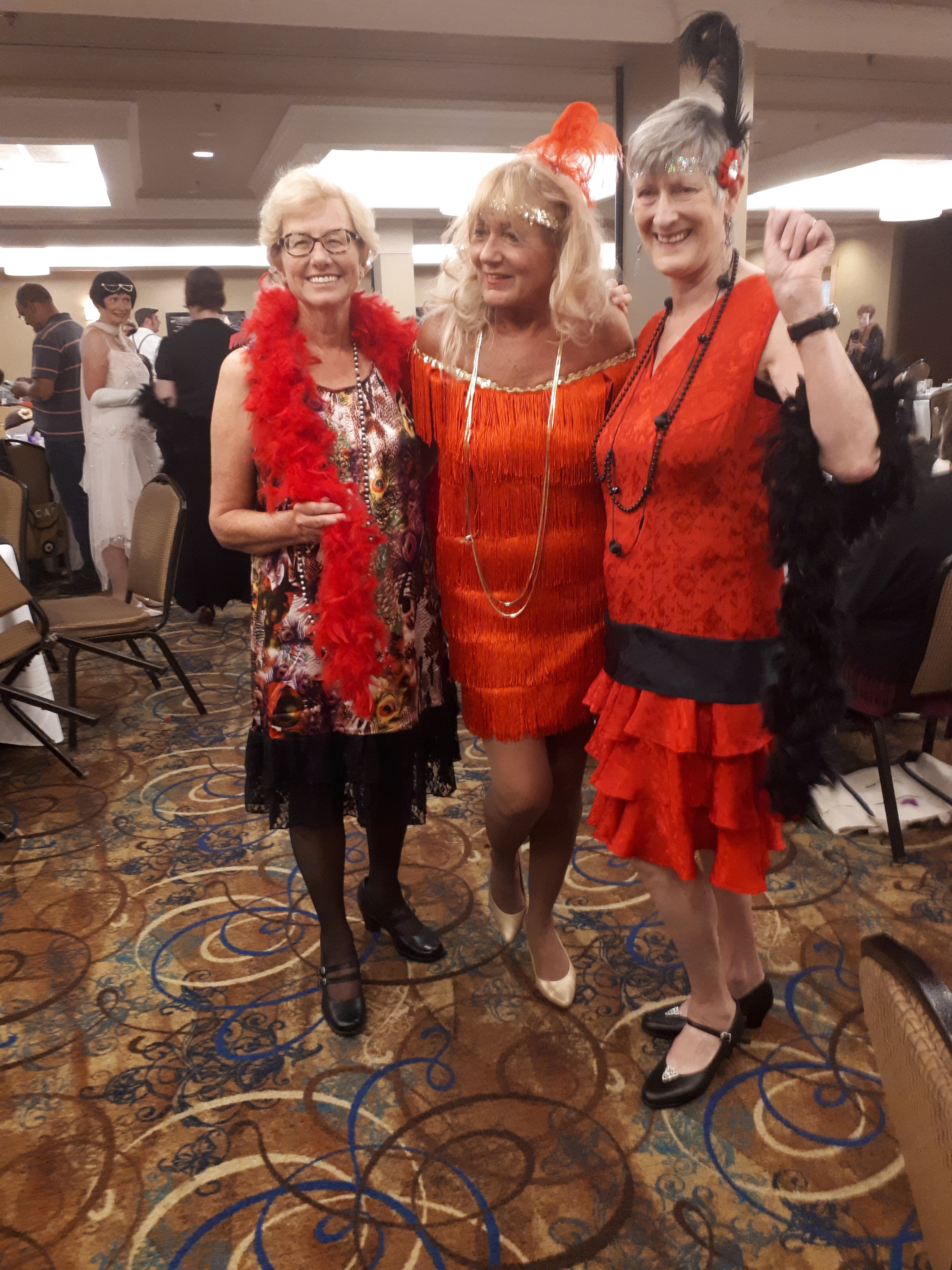Yesterday I flew home from a trip to Minneapolis. On November 12th I leave for a three-week holiday in Mexico. This gives me a two-month window to write draft # 3 of my novel-in-progress. I have to complete this work to make the deadline for the novel’s scheduled release in September 2023.
It’s a challenge for me to think of my writing as work, since I don’t come close to making a living from it. But I have to do this in order to finish a long project like a novel. Otherwise I’ll let other activities completely consume my time. I wrapped up the first draft of this novel in late May and have given the book little thought since then. A break of almost four months should be good for returning to the story with fresh eyes. I don’t regret my travels to Ireland and Ontario and warm summer days spent hiking, biking and hanging out with family and friends, when I could have been writing.

While it’s hard to drag myself back to the computer, I know from numerous past experiences that once I start I’ll soon be into the writing groove again. This helps me avoid procrastination and plunge in, as I would into cold water. Once I’m swimming in the story, I’ll need to avoid distractions and limit them to important matters like family, friends, exercise, and volunteer work. Turning off my instant email notification will be essential. I’ve taken on a commitment to co-chair Calgary’s committee to host the Bouchercon mystery convention in 2026. It will be tempting to get sidetracked into concrete organizing tasks that can feel easier than pulling characters out of the air and resolving plot glitches.
I did use my summer time for some research relevant to the novel. The first draft unexpectedly veered into areas outside my knowledge zone. One of these was the opioid crisis. Drug dealer killings appear frequently in current mystery novels, but I’d thought the subject wouldn’t interest me. I prefer to write about ordinary people who kill for personal, social, or psychological reasons; people who might be me or a friend driven by a particular situation. But people like this are the drug dealers in my novel-in-progress. They operate a low-key business out of a bicycle store. During the summer, I read two excellent books on Canada’s opioid crisis and now feel capable of handling the topic in a novel.

This new book also gets more into police work than the first three novels in my Paula Savard Mystery Series because I made two police officers point of view narrators. This fall I hope to fit in a research visit to Calgary police headquarters and will look for a beta reader or consultant knowledgeable in police work, without letting this research distract me from writing.
For my last two novels, I discovered a useful trick – those mornings that I wake up early, rather than lie in bed drifting in and out of consciousness, I force myself up, make coffee, turn on my computer, and write while the sun rises outside my window. I’m amazed by how much I can accomplish before the day’s usual activities get started.
In short, I find the key to writing novels is to treat them like work. Don’t wait for mood and inspiration. Grab your time at your writing desk, sit down, and do it.














